(January 5, 2021) A pani puri sorbet, a nacho cheese ice cream or a sushi ice cream – This is the quirky fusion that this gourmet explorer brings to the table. A cornucopia of nostalgia, fun, and luxury sets homegrown brand Papacream’s founder Tanvi Chowdhri apart from competitors. “We wanted to give customers an experience like never before. When we started Papacream, the idea was to be indigenous and play with inviting and relatable flavours,” says Chowdhri, CEO, Papacream in an exclusive interview with Global Indian. Since Papacream began in 2015, it has seen exponential growth in revenue. Today, the brand is available online, and across many Indian cities.
Her passion for the culinary arts saw her quit a well-paying job at Wall Street in the US to follow her dreams of starting a homegrown ice cream brand in India. “There was a burning desire to do something in the food space – that’s how Papacream was born,” adds the young Indian CEO.
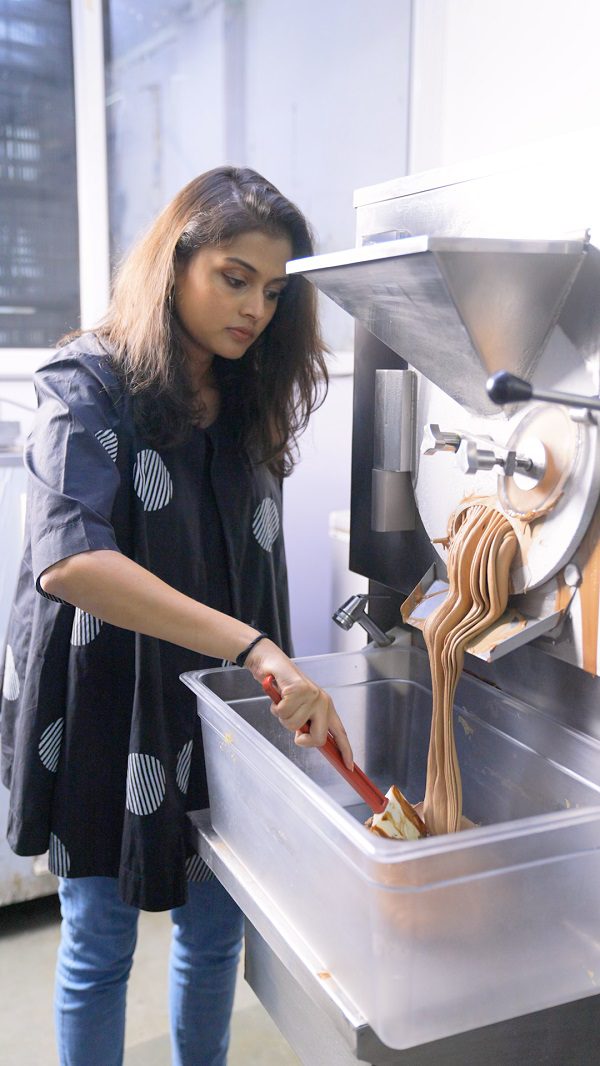
Born and raised in Kolkata, Chowdhri often traipsed the streets of the City of Joy in search of niche culinary experiences. “You cannot not fall in love with food in Kolkata. It’s a place where people take food seriously,” says the recipient of the 2019 Times Women Entrepreneur Awards.
An epicurean awakening
This love for food simmered during her stint in the US. At Wall Street, Chowdhri, an investment banker, loved clocking in hours at Nomura on weekdays, and the weekend saw her explore the dynamic food scene in New York City. “I’d often go around meeting different chefs to understand their style of cooking, or what interesting things they were up to,” she adds. Those weekend food jaunts were the perfect catalyst in helping Chowdhri dive into the F&B industry in India. “It was in NYC that the clouds cleared,” recalls the girl, who won PETA India Food Awards for the best vegan ice cream.
Switching from the world of hedge funds to food and beverage was exploratory. For someone who studied mechanical engineering with a minor in business administration, Chowdhri took a risk by starting with hedge fund trading. “I have always been a risk-taker, and I think this comes from my dad who is a businessman. He always encouraged me to explore and go beyond the known. That’s what took me to hedge fund and later, the same intent nudged me towards Papacream,” says the mostly self-taught girl, who did an online ice cream course from Carpigiani Gelato University, Italy. Incidentally, her businessman husband also added depth to her venture.

At just 22, she took a leap of faith with hedge funds. Then a few years later, she moved to Mumbai (2015) to kickstart her artisanal ice cream brand. It was a smooth transition. “Trading gave me the confidence as I was making decisions about millions of dollars in my hedge fund job. It’s the same confidence which helped me spread my wings and start up,” adds the Indian CEO, who self-funded her maiden venture (ice-cream parlour) with her NYC savings and had parlours in 10 cities. In 2018, they diversified into fast-moving consumer goods (FMCG) and started selling online packaged ice cream on Nature’s Basket, Foodhall, Swiggy, etc. The ice creams are priced between Rs 395 to Rs 495 for a half litre tub.
Why ice cream you might ask? “During my last Physics lab class at Carnegie Mellon University, we were asked to make ice cream using liquid nitrogen. It was quite a cool idea, and it stuck. I had to do something with ice cream,” enthuses the 33-year-old mother of a two-year-old boy.

When dollops of ice-cream, scream slurp
With varied classic flavours already available, Chowdhri wanted to up the game by creating exciting new tastes on the menu. “I wanted our brand to connect with the audience and give flavours and concepts that other brands hadn’t tapped into. Our ice cream cake was an instant hit as it’s a combination of two things that people love. I think it’s important to get the formula right,” the Indian CEO beams.
Such has been the impact of the flavour that even Bollywood producer Rhea Kapoor collaborated with Papacream during the pandemic with a customised sundae. “She loved the ice cream. Rhea said that we should do something together and that’s how Rhea X Papacream was born. It was a sundae-in-a-tub concept based on Rhea’s childhood memories. We had fun and it boosted our sales,” says Chowdhri. ”
View this post on Instagram
In a world of Haagen-Dazs and Baskin Robbins, Papacream has found its footing as an indigenous brand. “When we were planning to start, Indian ice cream brands were eyeing European names and pitching them. We wanted to give the customers the feel of ice cream that felt homemade and indigenous. My father-in-law during a discussion at home suggested, ‘Why don’t I become the brand ambassador? You can call it Papacream.’ The comment was made in jest but it rang a bell, and we got the name of our brand,” reveals the Indian CEO.
A learning process
There were the odd teething troubles starting up yet Chowdhri was most taken aback by the gender stereotypes. “I was young when I started Papacream, and saw that older men were uncomfortable with the idea of working with a woman boss. They would respect an instruction coming from a male colleague rather than a female boss. Those initial hiccups aside, one builds credibility with their work. Launching the product is a honeymoon phase, the real struggle begins when the operation starts,” she recalls.
An avid travel junkie and fitness freak, Chowdhri loves the outdoors. However, during the pandemic, she has been spending most of her time with her two-year-old son. “That’s the only way I unwind,” says the working mom. While the pandemic pushed many businesses to the brink, Papacream, fortunately, expanded in the past two years. “Our business took off then. The team was working throughout, of course with safety precautions. Our online sales were high as ice cream is an impulse product. The lockdown gave our brand a huge boost,” says Chowdhri who plans to expand to new cities, and export too.
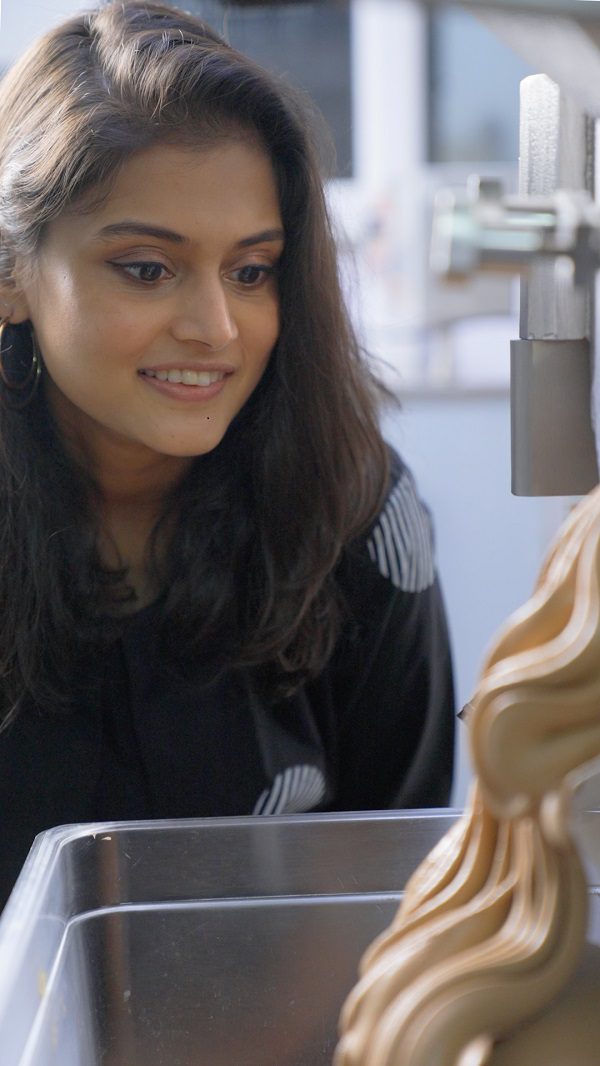
For budding young entrepreneurs, the Indian CEO advices, “No matter what, keep pushing. You might come across challenges but remember, there is always a silver lining. If you feel you need to shut down, know that it’s the right path. Patience and perseverance is key, and passion is the salt.”



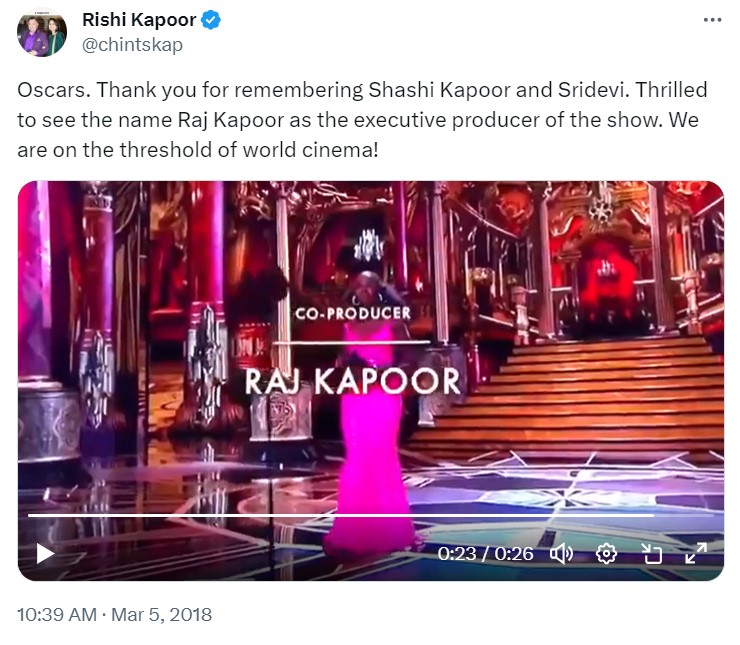
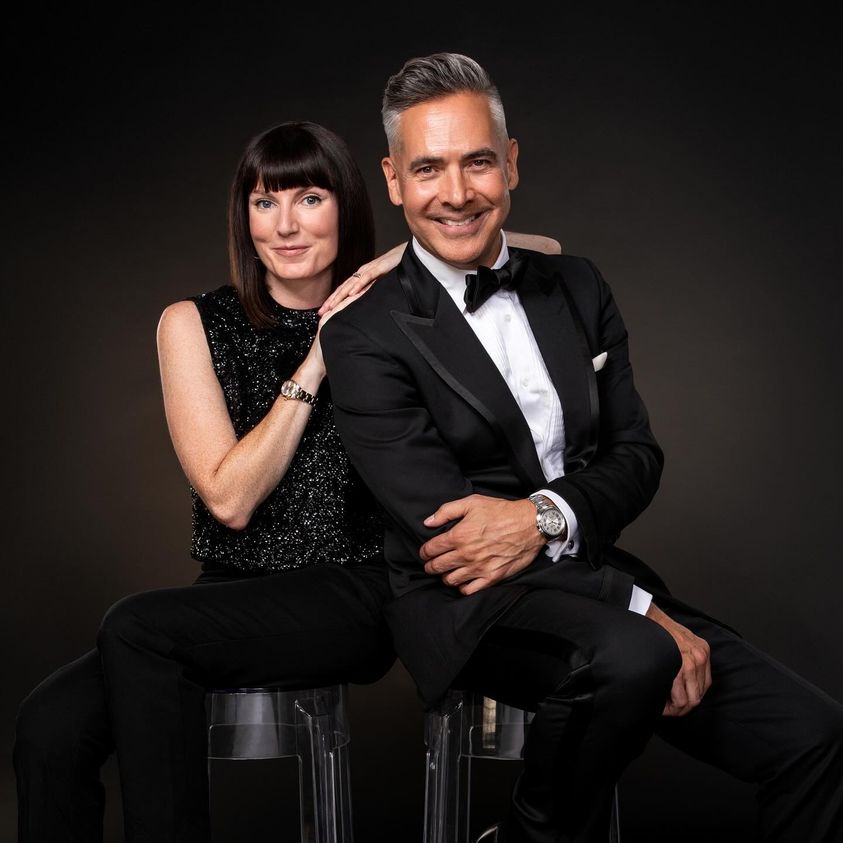 Raj Kapoor (executive producer and showrunner) with Katy Mullan (executive producer) of the 96th Oscars[/caption]
Raj Kapoor (executive producer and showrunner) with Katy Mullan (executive producer) of the 96th Oscars[/caption] Raj Kapoor at a Grammys After Party, few years back[/caption]
Raj Kapoor at a Grammys After Party, few years back[/caption]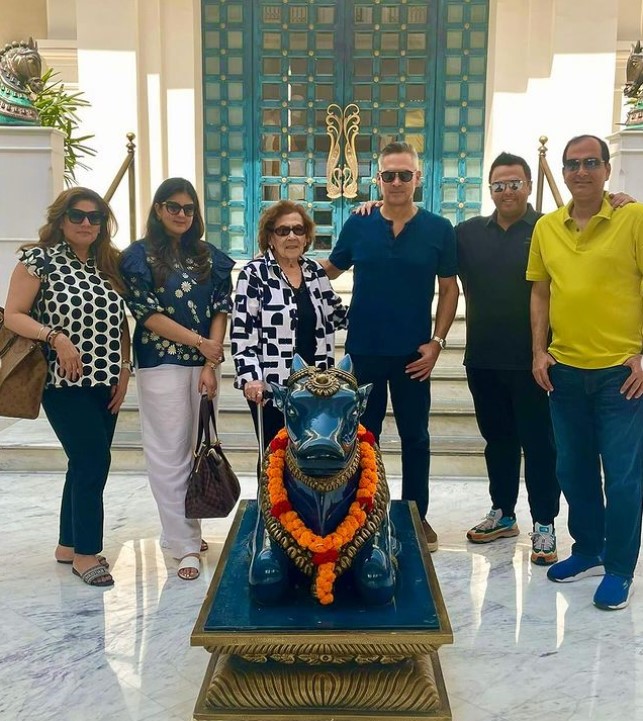 Raj Kapoor with his mother and relatives at Pilibhit House, Haridwar[/caption]
Raj Kapoor with his mother and relatives at Pilibhit House, Haridwar[/caption]
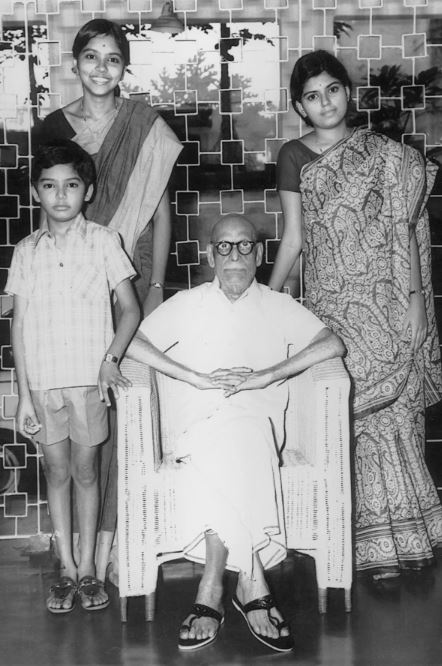 Indra Nooyi with her grandfather and siblings[/caption]
Indra Nooyi with her grandfather and siblings[/caption]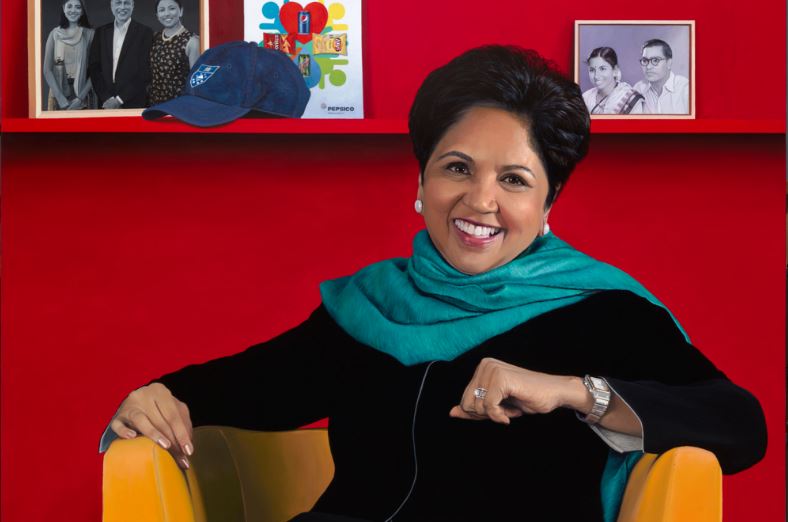 The CEO, mother, wife and daughter successfully juggled both worlds[/caption]
The CEO, mother, wife and daughter successfully juggled both worlds[/caption]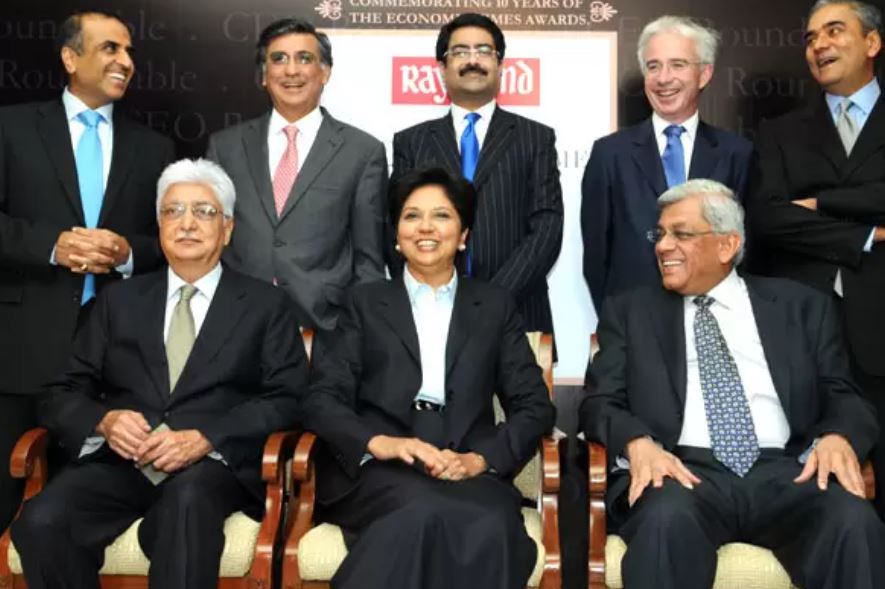 Breaking the glass ceiling: Indra Nooyi with top business leaders[/caption]
Breaking the glass ceiling: Indra Nooyi with top business leaders[/caption]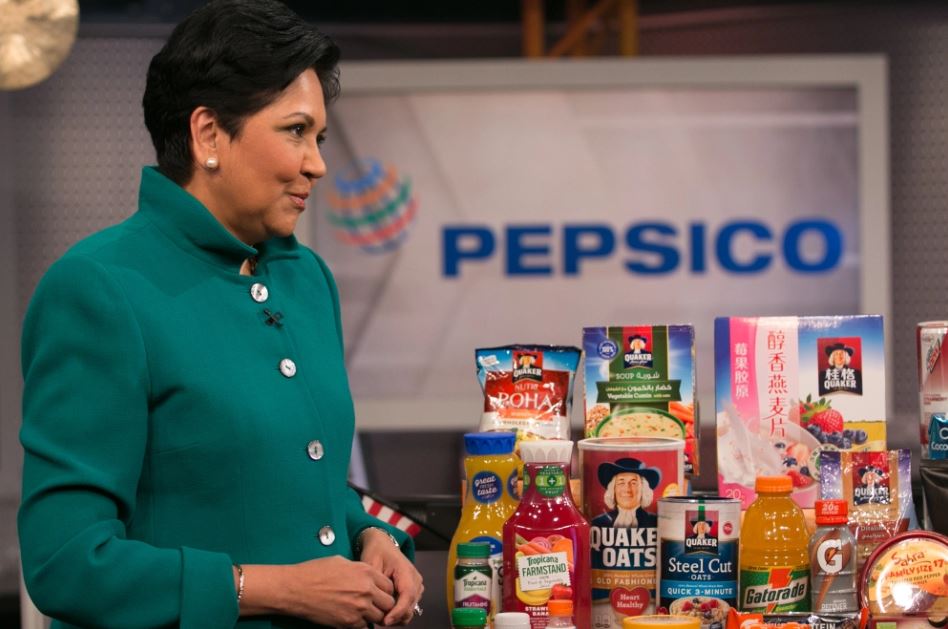
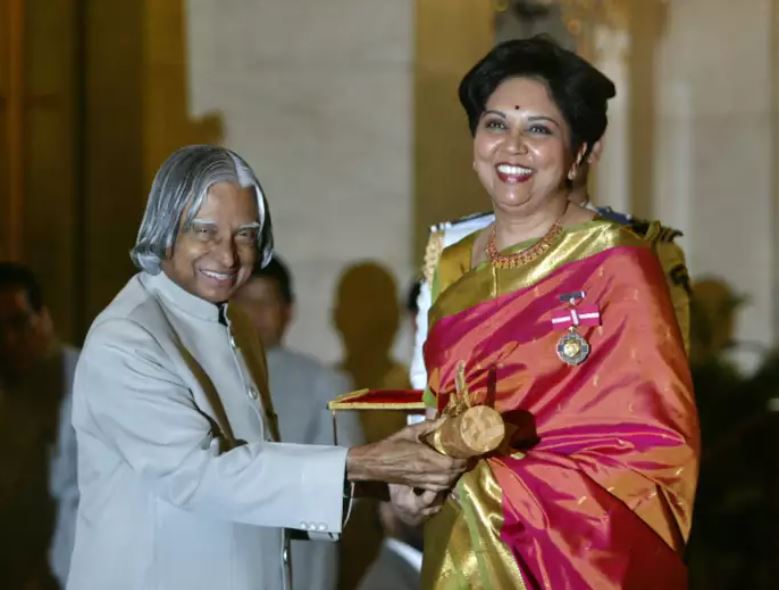 Indra Nooyi receiving Padma Bhushan award from late Dr APJ Abdul Kalam, former President of India[/caption]
Indra Nooyi receiving Padma Bhushan award from late Dr APJ Abdul Kalam, former President of India[/caption]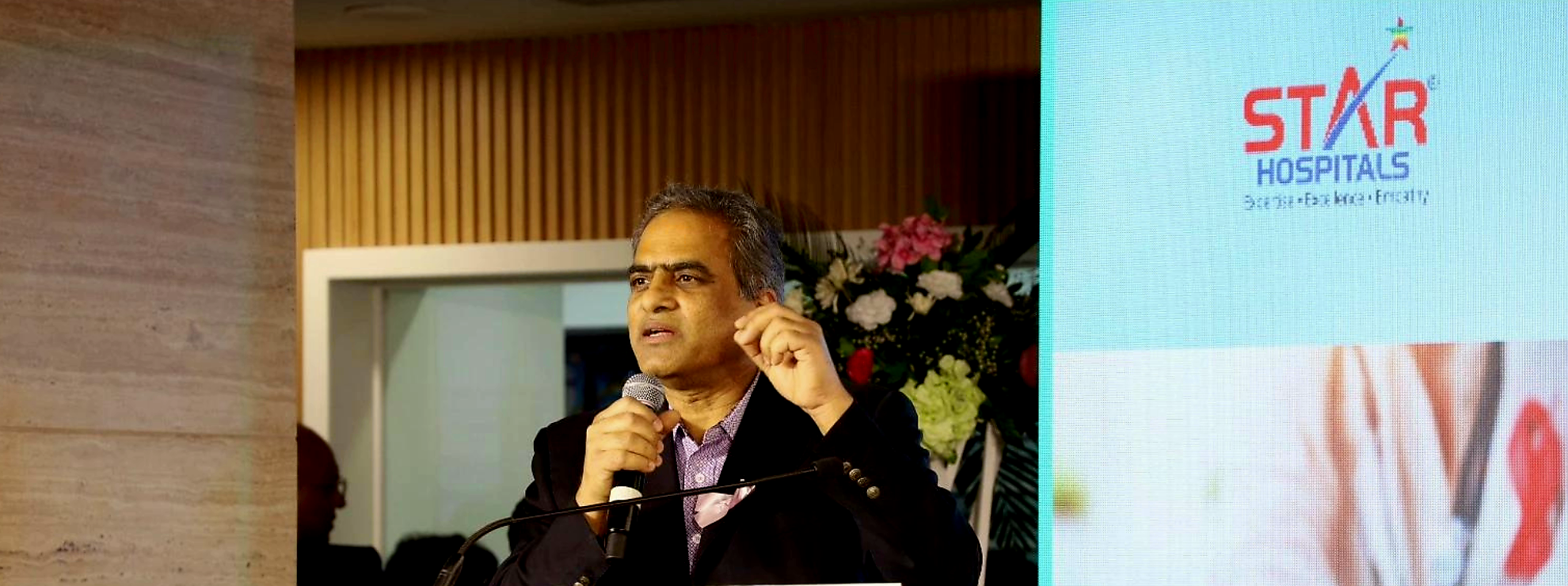
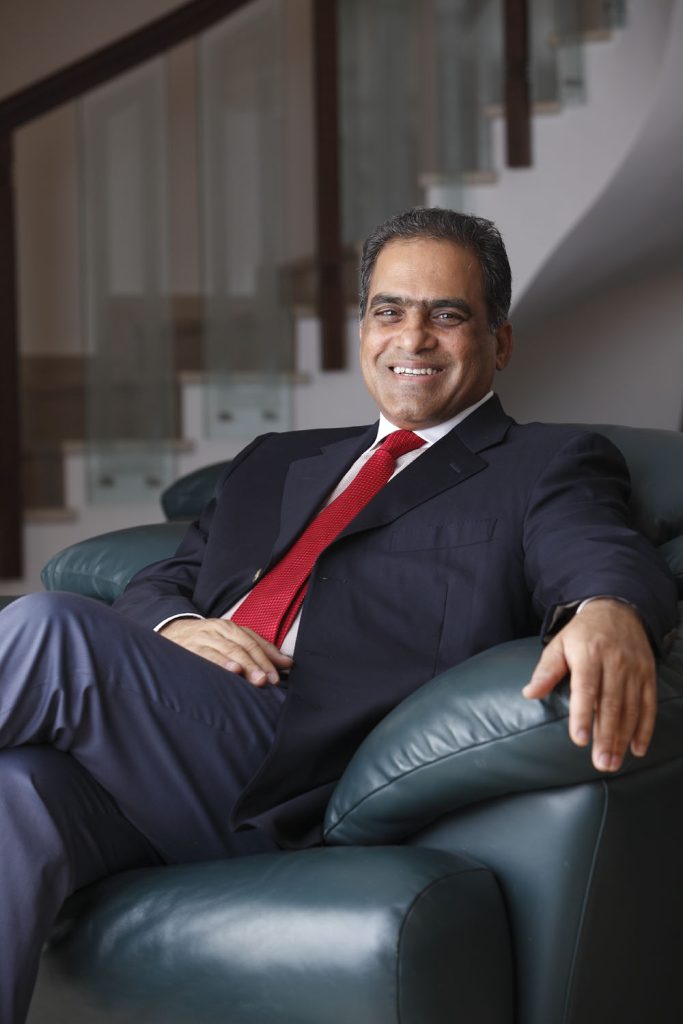 Dr Gopichand Mannam[/caption]
Dr Gopichand Mannam[/caption]

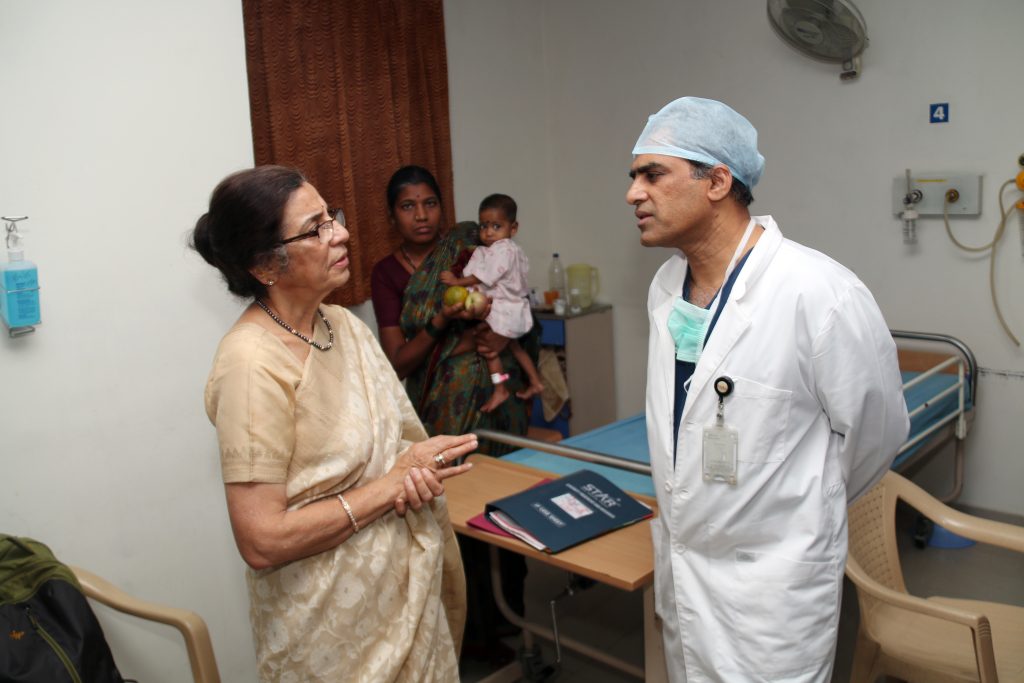
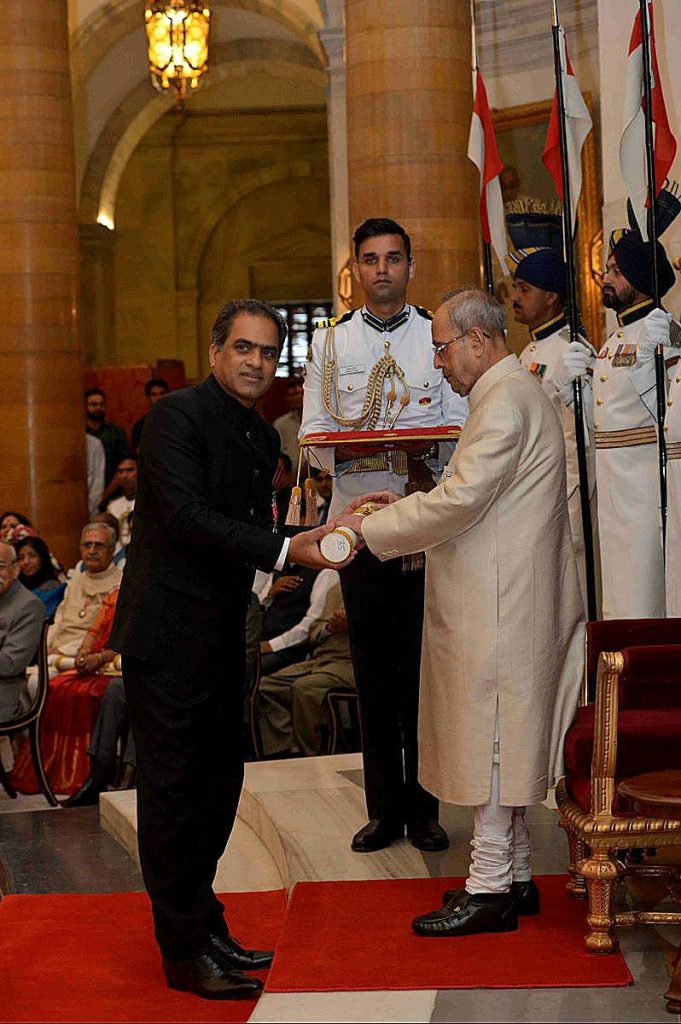
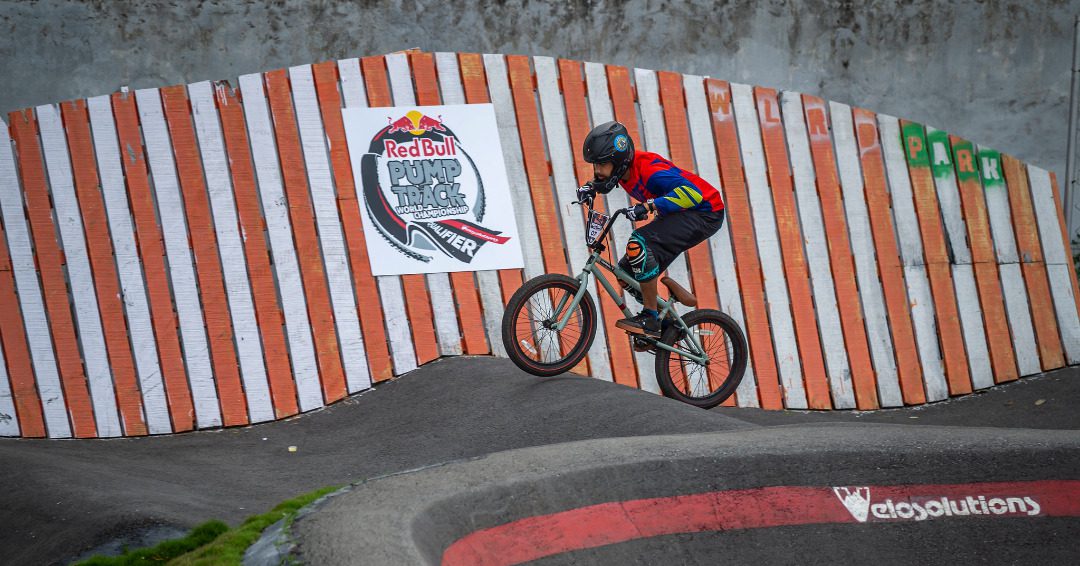
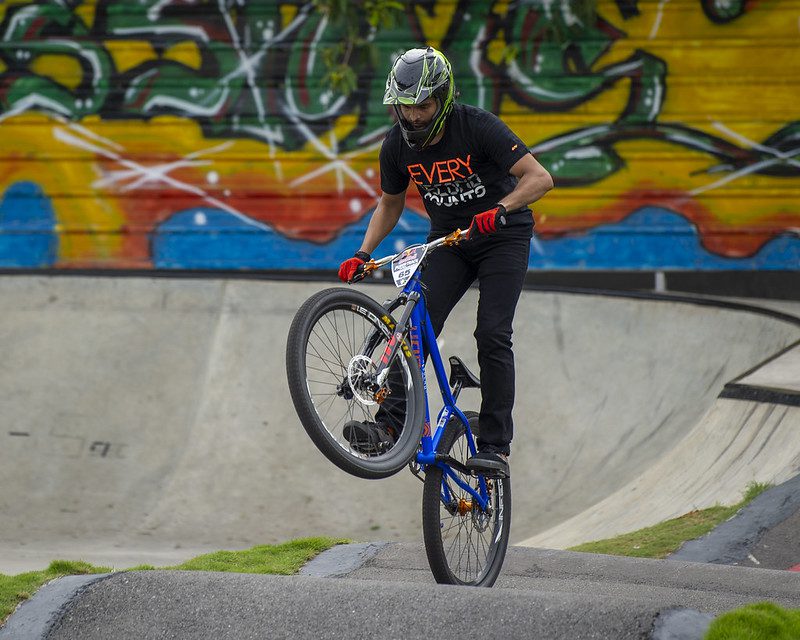 Red Bull Pump Track Championship 2019 (Image Courtesy: Vaqaas Mansuri)[/caption]
Red Bull Pump Track Championship 2019 (Image Courtesy: Vaqaas Mansuri)[/caption]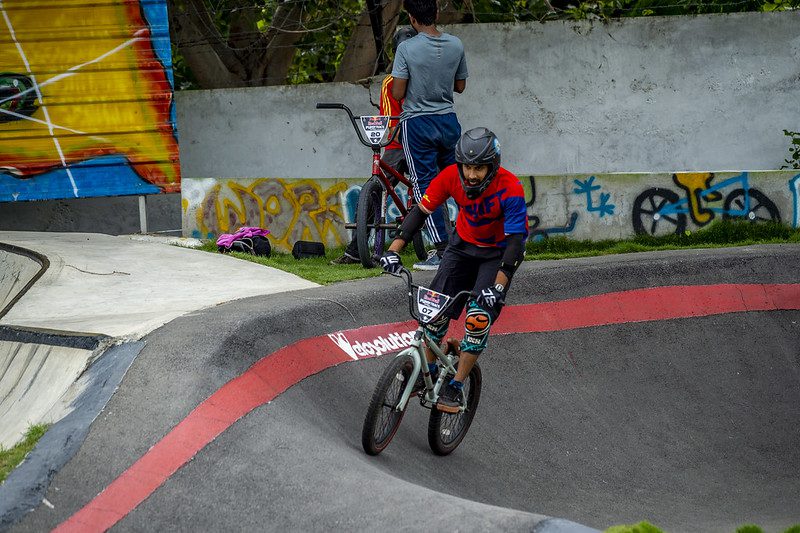 BMX racer at Red Bull Championship 2019 (Image Courtesy: Vaqaas Mansuri)[/caption]
BMX racer at Red Bull Championship 2019 (Image Courtesy: Vaqaas Mansuri)[/caption]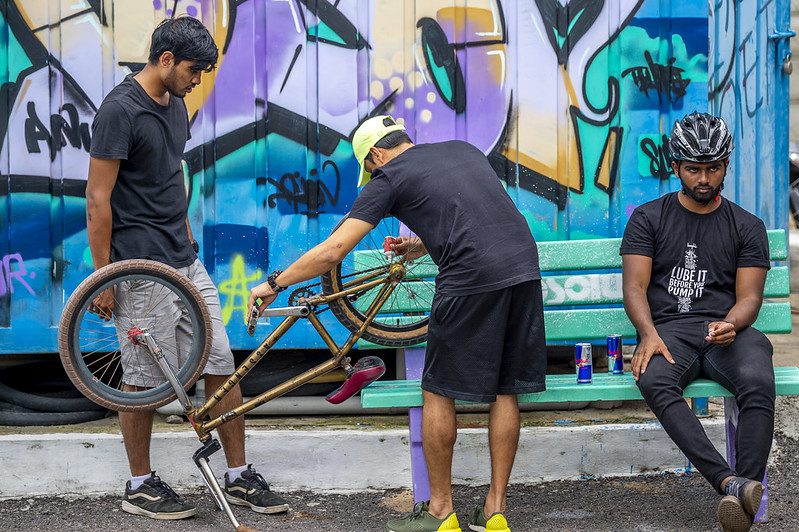 BMX racer oiling his bike (Image Courtesy: Vaqaas Mansuri)[/caption]
BMX racer oiling his bike (Image Courtesy: Vaqaas Mansuri)[/caption] BMX racer on pump track (Image Courtesy: Vaqaas Mansuri)[/caption]
BMX racer on pump track (Image Courtesy: Vaqaas Mansuri)[/caption]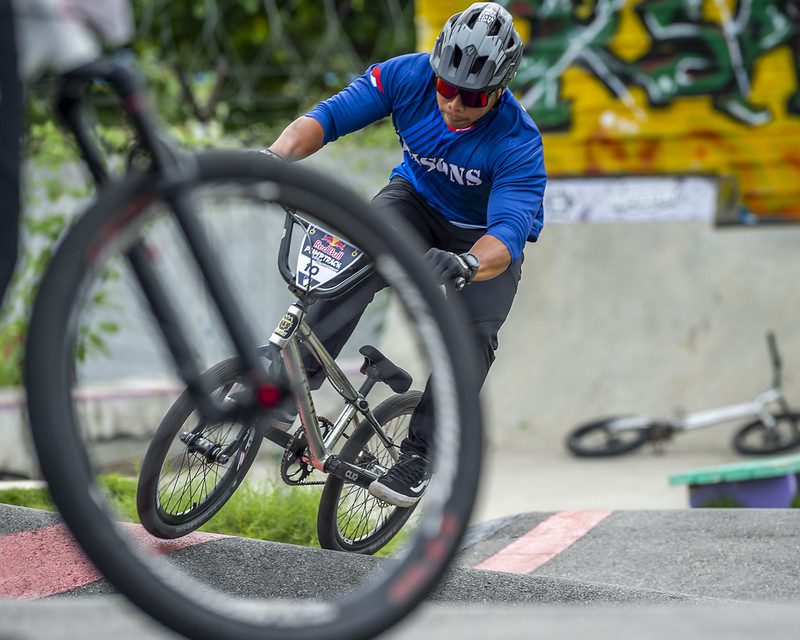 BMX racing in Hyderabad (Image Courtesy: Vaqaas Mansuri)[/caption]
BMX racing in Hyderabad (Image Courtesy: Vaqaas Mansuri)[/caption]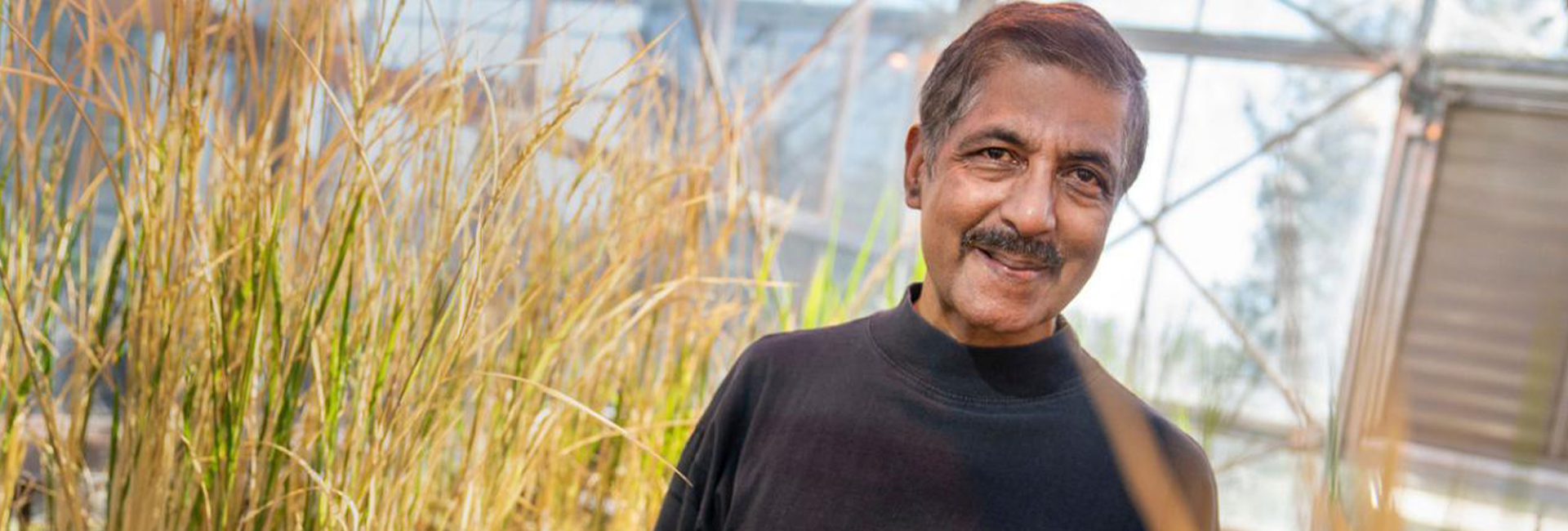
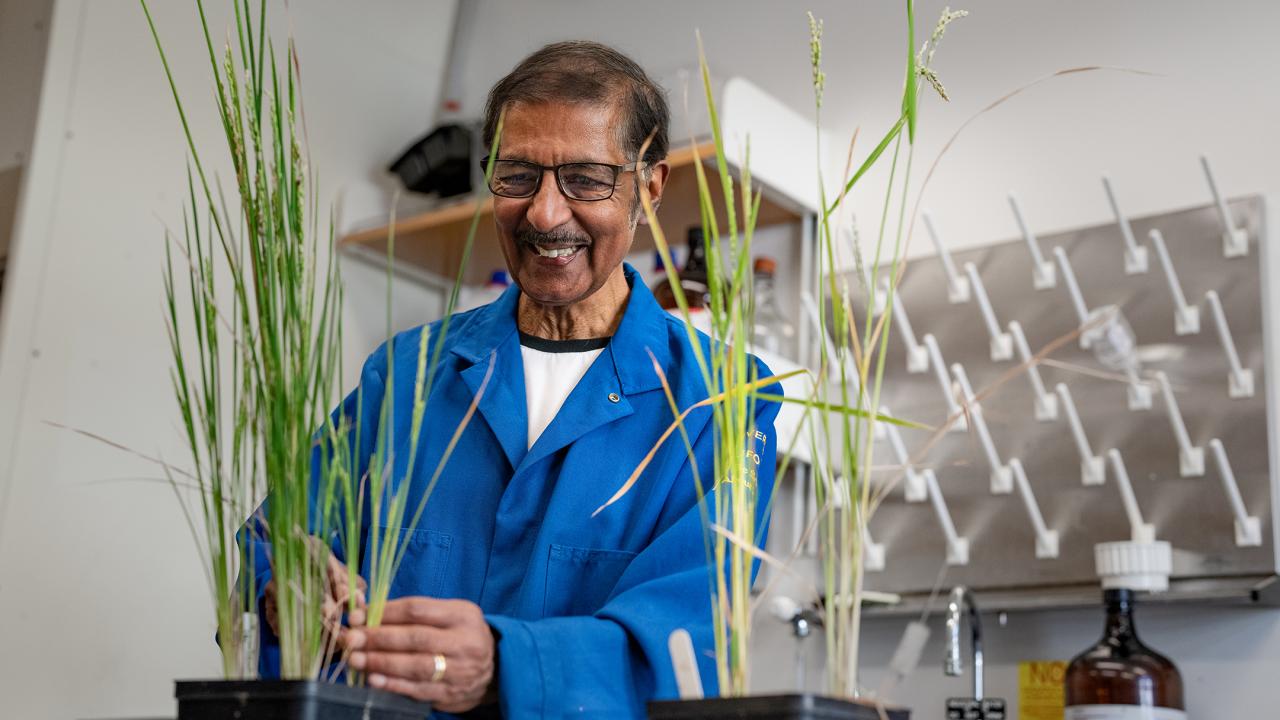 Dr Venkatesan Sundaresan in his lab | Image Credit: UC Davis[/caption]
Dr Venkatesan Sundaresan in his lab | Image Credit: UC Davis[/caption]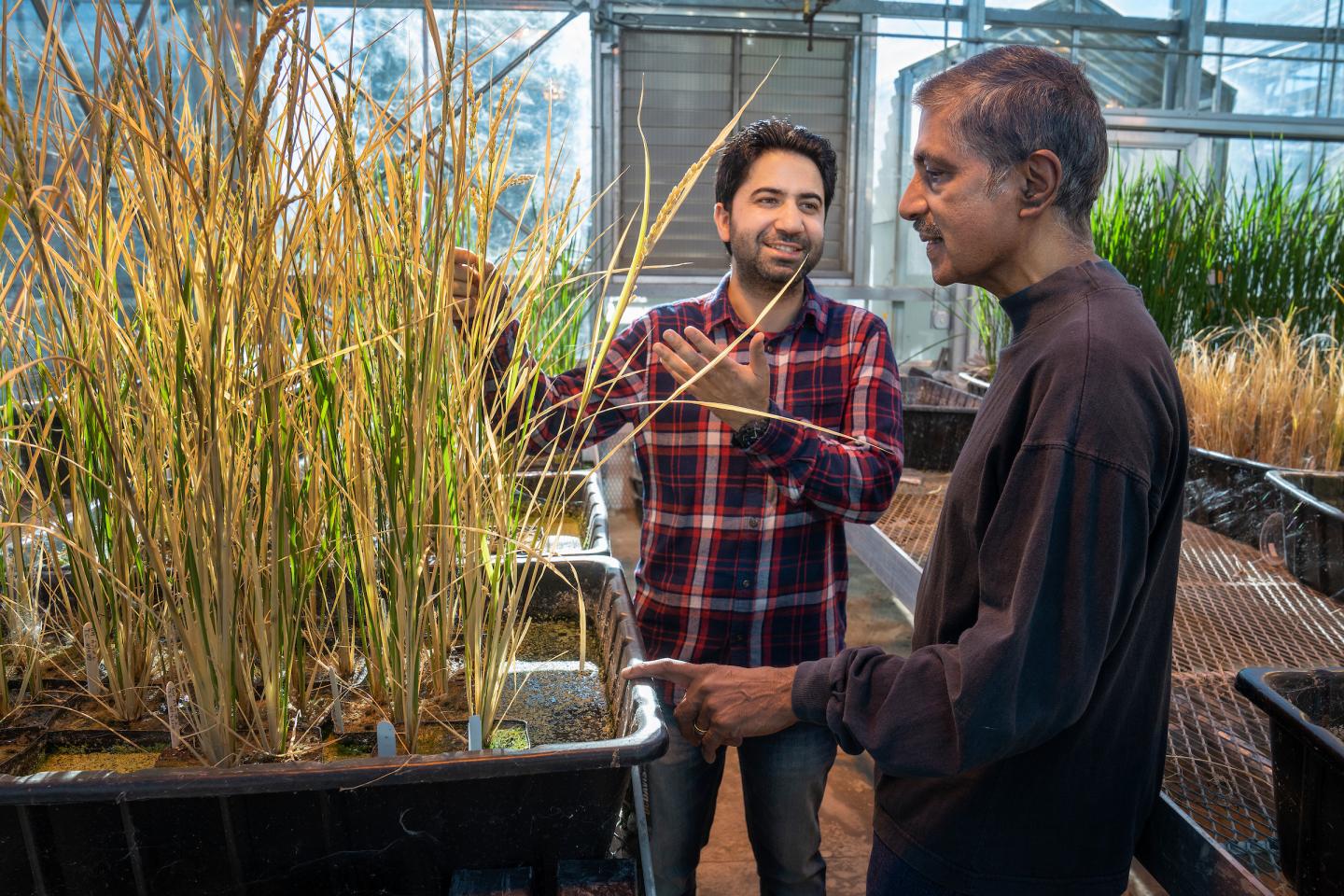
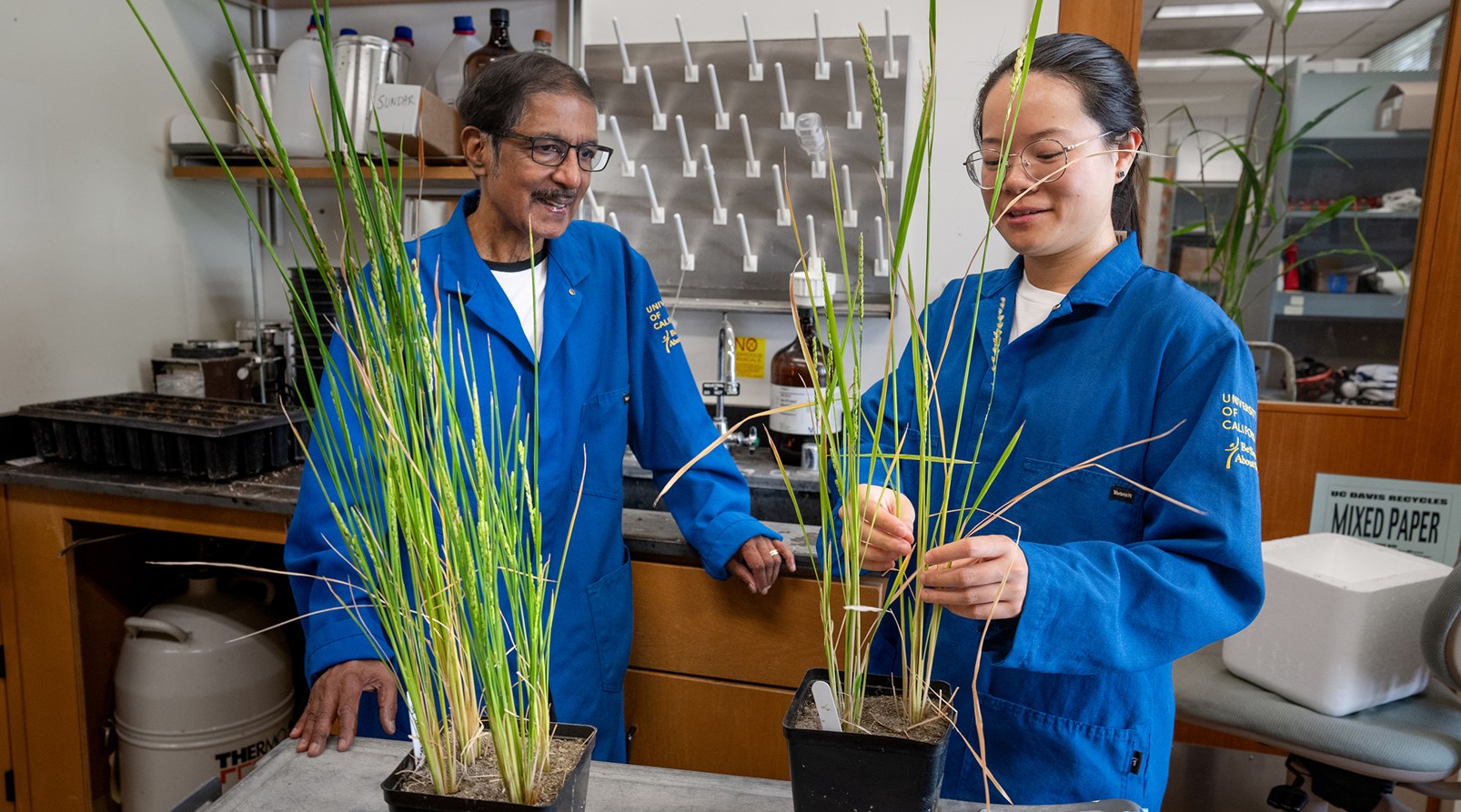 Dr Venkatesan Sundaresan with one of his research team members, Hui Ren | Image Credit: UC Davis[/caption]
Dr Venkatesan Sundaresan with one of his research team members, Hui Ren | Image Credit: UC Davis[/caption]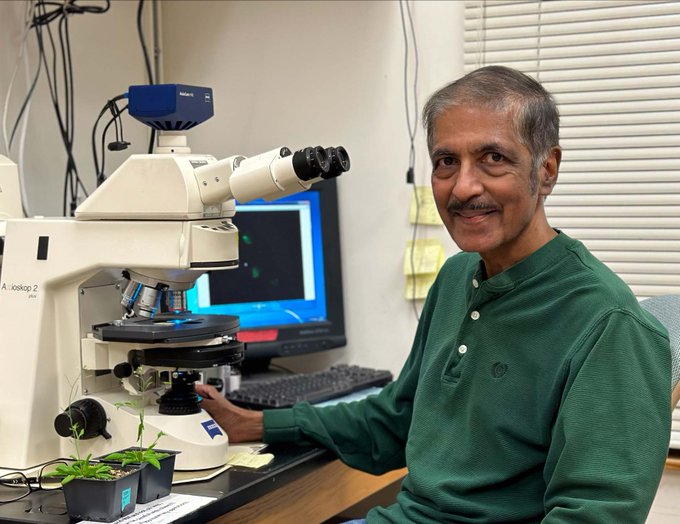 Dr Venkatesan Sundaresan[/caption]
Dr Venkatesan Sundaresan[/caption]